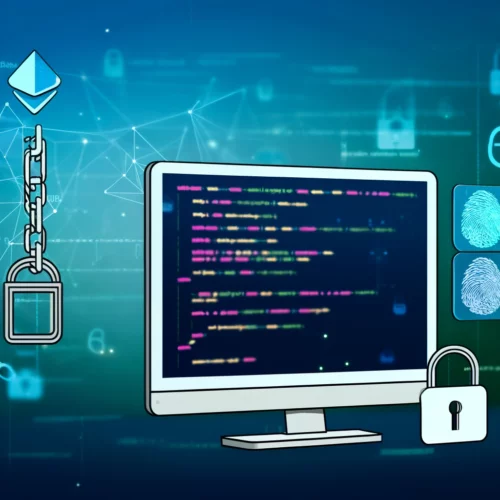I’m excited to share my recent presentation at the Michigan Python Group Meetup, where I demonstrated how to build a simple blockchain using Python. This session was designed to demystify the concepts of blockchain and hashing algorithms, making them accessible to both coding novices and seasoned developers.
Introduction to Blockchain and Proof of Work
I started the session by introducing the basic concept of a blockchain and the cryptographic proof known as “proof of work.” This system is fundamental to understanding how technologies like Bitcoin operate. Proof of work is a mechanism that requires a participant to do a certain amount of computational work which is easy to verify but challenging to produce, thus ensuring the security and integrity of the blockchain network.
Using SHA-256 Hashing Algorithm
The focus of our build was the SHA-256 hashing algorithm, also used by Bitcoin. A hashing algorithm helps convert an input of any size into a fixed-size string or a hash, which acts like a fingerprint for data. I emphasized that SHA-256 is deterministic, meaning the same input will always produce the same output, but it’s designed to be unpredictable so the output hash doesn’t reveal anything about the input.
Building the Blockchain: A Step-by-Step Guide
During the presentation, I walked through the coding process, starting with defining a blockchain class and explaining each line of code that handles the creation of new blocks and the chain itself. Here are the key concepts we covered:
Creating a Block: Each block contains data, the hash of the previous block (linking it), and its own hash calculated from its contents.
Initializing the Blockchain: The genesis block starts the blockchain, with subsequent blocks added containing transactional data.
Implementing Proof of Work: This involves adjusting a nonce value in the block until the hash of the block meets a network difficulty target, like starting with a certain number of zeros.
Practical Demonstration
I also provided a practical demonstration, where I live-coded to show how to implement these concepts in Python. I showcased the dynamic addition of blocks to the blockchain and how the network verifies the integrity of the blockchain through re-mining and validation processes when changes occur.
Security Aspects of Blockchain
We discussed potential security vulnerabilities, such as the 51% attack, where an entity gains majority control of the network’s mining power and can alter the blockchain. I stressed the importance of decentralization in preventing such attacks.
Broader Applications of Blockchain Technology
To conclude, I explored how blockchain technology transcends cryptocurrencies. I discussed its applications in providing transparent, immutable records for supply chain management, digital identities, and more, highlighting its potential to revolutionize various industries by ensuring data integrity and security.
Conclusion
My presentation to the Michigan Python Group provided a comprehensive introduction to building a simple blockchain in Python. By breaking down the technical jargon and simplifying the coding process, I aimed to make blockchain technology accessible to all attendees. This session not only enlightened participants on the inner workings of blockchains but also inspired them to consider its broader implications and applications in their fields.
For those interested in exploring more, I encourage you to follow my GitHub for updates and further resources. Whether you’re a developer looking to implement blockchain solutions or simply curious about the technology, there’s no doubt that blockchain is a fascinating field worth exploring further.
Github: https://github.com/BChip/SimpleBlockchain-SVSUBitcoinGroup
